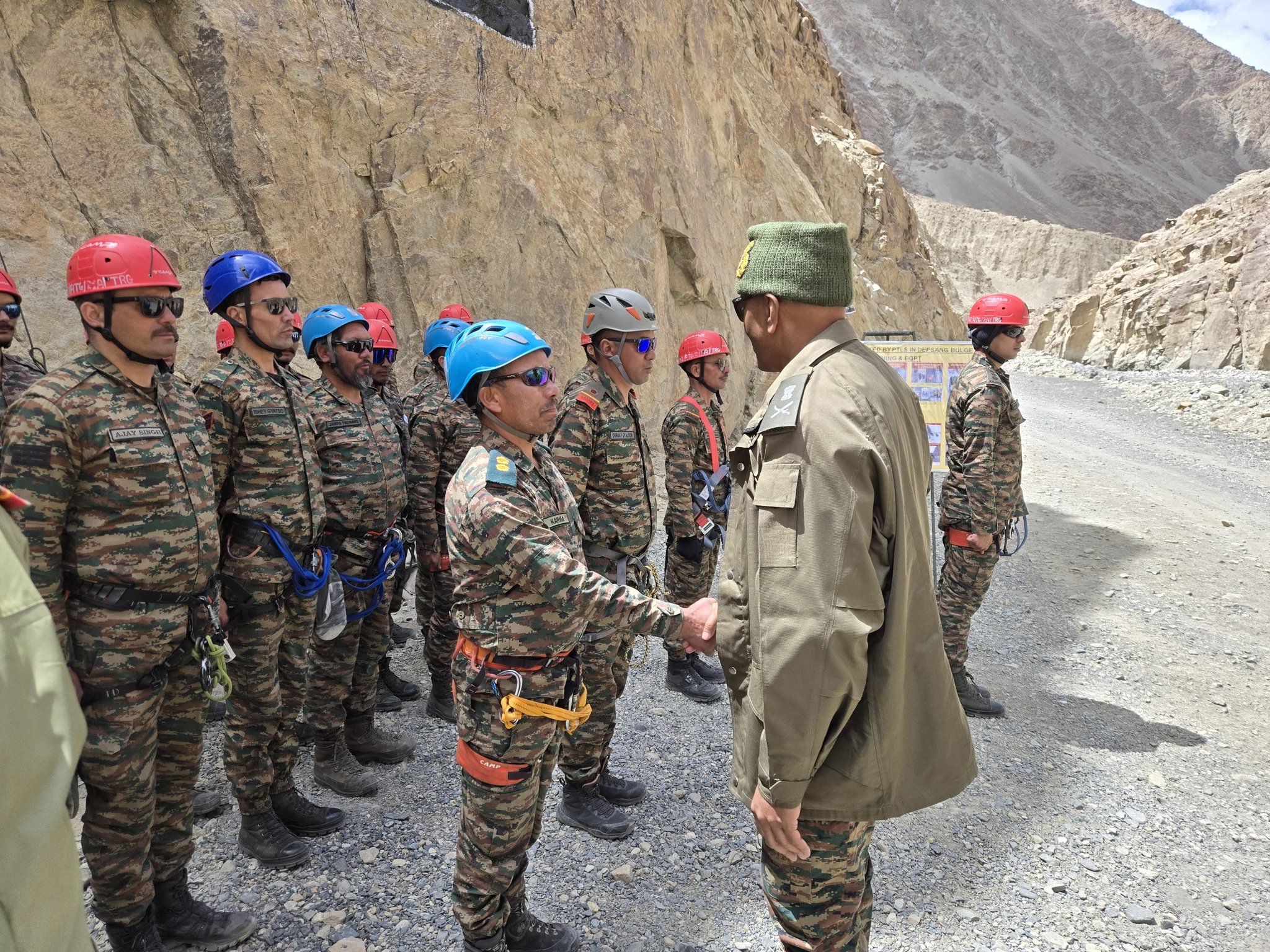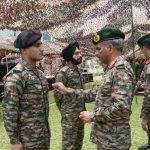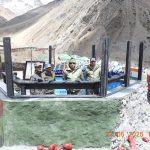In a critical move to reinforce India’s defense posture in Ladakh, Lieutenant General Pratik Sharma, Army Commander of the Indian Army’s Northern Command, visited formations under the Fire and Fury Corps to assess their operational readiness. The visit comes amid rising tensions on both the western and eastern borders, with recent ceasefire violations along the Line of Control (LoC) and continuing strategic challenges along the Line of Actual Control (LAC) with China.
Lt Gen Sharma conducted thorough inspections of operational deployments, including terrain analysis using detailed models that illustrated India’s strategic positions in the high-altitude terrain of Ladakh. He interacted with troops stationed across forward posts, commending their resilience, commitment, and professionalism in maintaining India’s territorial integrity under extremely demanding conditions. Addressing the personnel, he emphasized the necessity of continuous readiness and urged them to remain alert to any potential escalation.
The Fire and Fury Corps, headquartered in Leh, is India’s frontline formation responsible for safeguarding Ladakh and the surrounding region. Operating at altitudes often exceeding 15,000 feet, the Corps faces unique environmental and logistical challenges. Its soldiers are trained at the High Altitude Warfare School (HAWS) in Gulmarg, which specializes in snow-craft, mountaineering, and survival techniques essential for combat in glaciated and mountainous terrain. The Corps plays a vital role in defending sensitive zones such as the Siachen Glacier and the Galwan Valley.
Lt Gen Sharma’s visit reflects the strategic importance of the Northern Command, which spans India’s entire northern frontier—from the LoC in Jammu and Kashmir to the LAC in eastern Ladakh. A decorated infantry officer with experience in operations such as Pawan, Meghdoot, Rakshak, and Parakram, he brings seasoned leadership to the command at a time when India faces complex two-front security challenges.
His review comes shortly after a spate of ceasefire violations by Pakistan in early May, with cross-border firing reported for five consecutive nights. The situation escalated following the Pahalgam terror attack on May 1, which prompted India to suspend the Indus Waters Treaty with Pakistan and initiate intensified counter-terror operations in Kashmir. Concurrently, strategic tensions with China remain high, especially around Eastern Ladakh, where India has deployed T-72 and T-90 main battle tanks to counter the PLA’s Type 15 light tanks designed for high-altitude warfare.
The visit serves as a reaffirmation of the Indian Army’s commitment to defending national interests in one of the most strategically significant and challenging regions. The Fire and Fury Corps continues to stand at the forefront of India’s military strategy, with the Northern Command ensuring that its troops remain battle-ready in the face of evolving threats from both western and eastern adversaries.













